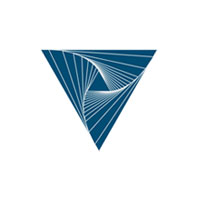SILCC - SImulating the Life-Cycle of molecular Clouds
CDS members associated with the benchmark: Prof. Dr. Walch Gassner
Star formation takes place in the densest and coldest parts of the interstellar medium (ISM), in dark molecular clouds. These are swept up by multiple supernova explosions on scales of several hundred parsec. While condensing out of the warm ISM, the clouds are continuously fed with fresh gas. Thus, the turbulent substructure and magnetic field properties are imprinted during cloud formation. The molecular clouds form stars and the feedback from massive stars in the form of ionising radiation, stellar winds, and type II supernovae is dispersing the star-forming clouds from within. The stellar feedback even leaks out of the parental clouds and initialises large-scale, gaseous galactic outflows, which are crucial for galaxy formation and evolution: without effective galactic outflows, galaxies would become red and dead too quickly, thus not reproducing the observed number of actively star-forming spiral galaxies like our Milky Way at present-day. In the SILCC project (SImulating the Life-Cycle of molecular Clouds), we study the formation of dense clouds, the onset of star formation, and the evolution of the molecular clouds under the impact of stellar feedback from newly born massive stars. The SILCC project is a collaboration of 6 national and international partners: the University of Cologne (PI S. Walch), the Max-Planck-Institute for Astrophysics in Garching, Heidelberg University, the Astronomical Institute of the Czech Academy of Sciences in Prague, Cardiff University in Wales, and the Helmholtz institute for astrophysics (AIP) in Potsdam. The goal of SILCC is to answer burning scientific questions on star formation, feedback, and galaxy evolution by means of massively parallel, three-dimensional simulations, which are run on available HPC platforms like SuperMuc at the Leibniz-Rechenzentrum in Garching. So far, SILCC was supported by two large-scale computing grants acquired through the Gauss Center of Supercomputing, and these provided more than 100 million CPU hours. The simulation data as well as movies and further information are available for download on our website.
